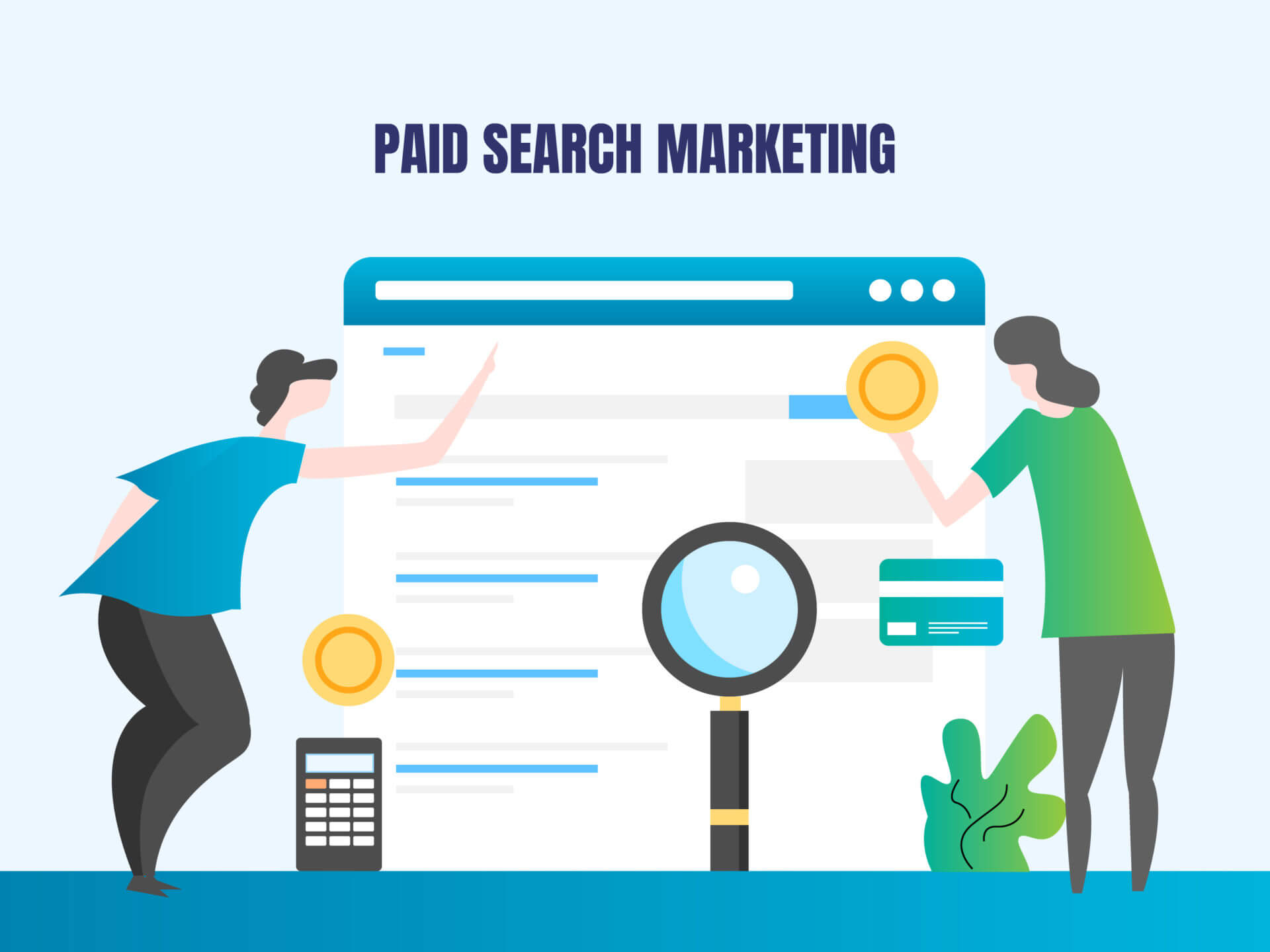
Structuring paid search campaigns can be an iterative and subjective process, and the path to an “ideal” structure is often paved by best practices and tactical preference.
The ultimate goal, however, is achieving a structure that allows for optimal end-user experience while rapidly gathering sufficient data to make informed, efficient optimizations at scale.
Marketers have a myriad of levers and automation options to help drive customization, but finding the sweet spot of granularity and data volume can be tricky. Read on to learn how finding the “right” campaign structure for your pay-per-click (PPC) campaigns can transform levels of segmentation.
Pitfalls of over-segmentation
There is no doubt highly segmented accounts allow for the most detailed targeting. Bid modifiers and ads are only a few areas that benefit from segmentation. The most segmented accounts allow an individual search term to be mapped to a specific ad, with specific bid modifiers and settings all tailored around that user search.
That being said, over-segmentation can easily occur when keywords and other account assets cannot collect a significant amount of data within a reasonable time frame. Slow or inconsistent data aggregation begets longer optimization cycles, and slower (or less informed) business decisions, causing disadvantages in competitive, seasonal or volatile spaces.
Account structure
The highest level structure starts at the account level. Most small to mid-sized companies can do fine with a single account that holds all campaigns. Larger companies often find themselves needing many accounts and My Client Centers (MCCs).
The primary reason to have multiple accounts is really about business factors, such as billing. There can also be many subdivisions or products within a business with completely different stakeholders that could call for separate accounts.

My Client Center
In most situations, it can actually be ideal to have one account. The benefits to one account are ease of management and the aggregation of data for ease of reporting.
Campaign structure
A buttoned-up account structure probably won’t make or break performance. That said, an optimized campaign structure can significantly impact results. Before jumping into the details of campaign-level optimizations, it’s important to first establish the minimum amount of segmentation required.
Most paid search accounts have established goals and budgets, and it’s logical to align the two.
For example, if Product X has a cost-per-action (CPA) goal of $10 and Product Y has a CPA goal of $45, it makes sense to give these products separate budgets. Otherwise, all of the funds would be spent on the product that is more efficient.
Under each goal and budget, there will need to be separate campaigns. Having one campaign that has keywords for multiple budgets would make budget pacing and reporting really tough. Generally, a minimum level of segmentation would be a single campaign for each budget. If branded paid search is in this mix, it likely makes sense to establish that as a mandatory split as well.
Minimum level segmentation is important because as we take a more data-driven approach to segmentation, we want to have an established floor to avoid consolidating campaigns too much. With a floor established, we can look at the benefits of campaign-level segmentation:
- Bid modifiers.
- Settings.
- Labels.
- Targeting.
- Shared library.
All of these campaign-level features allow for organization and scale. The next level down for campaign targeting would be targeting splits, such as locations. Once all mandatory splits have happened, it boils down to the amount of data we can collect.
Oversegmenting beyond mandatory splits can seem like a good idea because keyword sets will have more specific campaign-level settings and budgets. However, we may not be able to fully optimize these campaigns since they won’t collect enough data.
There are a few ways to determine the right level of data to justify keeping a campaign segmented out. The most straightforward split would be to look at X number of clicks or X number of conversions. Focusing on clicks can help account for differences in conversion rates on certain products.
Since optimizing on the conversion is important for most advertisers, one could use the number of clicks it would take to receive X conversions based on the average conversion rate.
Common thresholds are 500 clicks, 15 conversions or 30 conversions over a 30-day time period, for example. If there are campaigns present possessing Ad group structure
Within every campaign falls one or multiple ad groups. Ad groups contain a variety of settings, similar to campaign-level, but have the ability to distribute data to ads and set bids for keywords. Finding the right balance of data and segmentation is important on the ad group level, as this is where the most optimization levels can be pulled.
Single keyword ad groups (SKAGS) are common in many accounts. The reason being that SKAGS are generally quality-score-driven. A keyword in its own ad group helps ensure the user’s search is completely in line with the ad, landing page and ad extensions.
The downfall to SKAGs is that most keywords cannot collect enough data on their own to capitalize on all of the optimizations available at the ad group level. Advertisers often fall into a place where they don’t have enough data to optimize at the campaign level, but global optimizations at the campaign level don’t make sense for all of the individual keywords and ad groups within.
If the account has quality-score problems or extremely high budgets and volume for certain keywords, SKAGS can be a great approach. Conversely, if traffic is normal and quality score is fine, it may be time to look to consolidated ad groups.
A logically consolidated ad group will allow the data to capitalize on three primary features:
- Ad group level settings.
- Ad copy and extensions.
- Bids.
If an ad group has enough data, specific device and audience bid modifiers can be set. This is more impactful than at the campaign level since the ad group is a tighter set of keywords that likely have a more similar performance to one another than cross-campaign keywords.
In addition, specific flexible reach can be set in each ad group for audiences (targeting vs. observation) which can improve audience targeting strategy.
Ad copy and extensions are among of the most important areas of optimization, as this is one of the only things the end user actually sees. Consolidated ad groups allow for the collection of more data on ads, which allows for more accurate and efficient optimizations.
Ad rotation is another consideration, even though Google has pared down ad rotation to two settings. The “optimize” setting will work better with more data on the ads.
Generally speaking, algorithms and other models work better with larger datasets. Consolidation may eliminate some flexibility that advertisers have from a creative perspective, but oftentimes, providing a series of ads for the search platform algorithms to choose from will be nearly as effective as individual ads within SKAGS.
The last major benefit to consolidated ad groups is bidding. In many accounts, the majority of the volume is driven through a few high-volume keywords.
For optimal efficiency, accounts should have a wide range of long-tail keywords to offset the highest-volume, most competitive keywords. Calculating bids on high-volume keywords to achieve the desired outcome is relatively straightforward and real-time.
Setting bids for long-tailed keywords, however, can be difficult, and it can be common for advertisers to overbid across a wide range of keywords. Having aggregate ad group data among similar keyword sets will allow bid calculation using ad-group level data.
Conclusion
While there is no “campaign structure to rule them all,” regularly auditing search accounts to assess the need for segmentation or aggregation will bring value to marketing programs and internal efficiency alike.
Want more info on Paid Search? Check out our comprehensive PPC Guide – Nine chapters covering everything from account setup to automation and bid adjustments!
Contributing authors are invited to create content for Search Engine Land and are chosen for their expertise and contribution to the search community. Our contributors work under the oversight of the editorial staff and contributions are checked for quality and relevance to our readers. The opinions they express are their own.



